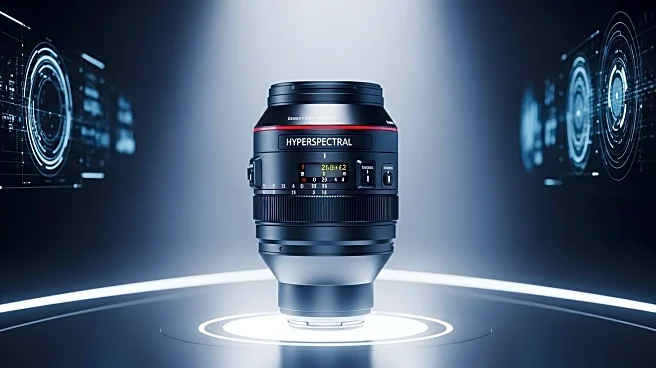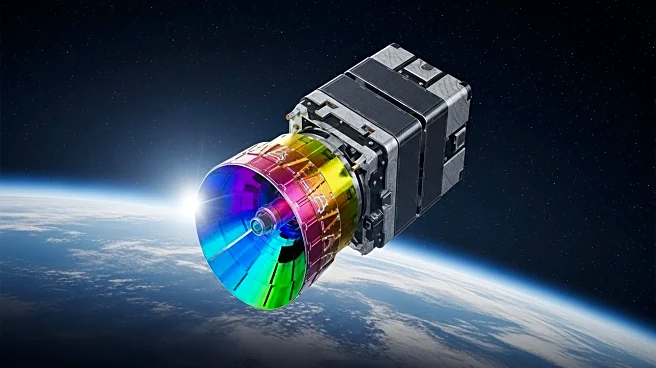What's Happening?
Hyperspectral imaging companies are facing challenges in educating potential customers about the applications and benefits of their technology. At the Summit on Earth Observation Business, industry leaders discussed the need to raise awareness about hyperspectral datasets, which can detect atmospheric greenhouse gases, identify valuable minerals, and measure agricultural nitrogen levels. Despite the technology's potential, many people are unfamiliar with hyperspectral imaging, limiting customer engagement. Companies like Pixxel Space Technologies and Wyvern are employing artificial intelligence to simplify data queries and demonstrate use cases. Pixxel is conducting pilot studies with its Firefly constellation, while Wyvern is helping customers build commercial models to ingest data. Absolut Sensing, a French startup, is focusing on methane emissions monitoring, highlighting the financial impact of methane losses for oil and gas companies.
Why It's Important?
The expansion of hyperspectral imaging technology has significant implications for various industries, including environmental monitoring, agriculture, and resource extraction. By educating customers, companies can unlock new markets and drive innovation in data analysis. The ability to detect greenhouse gases and valuable minerals can lead to more efficient resource management and environmental protection. For the oil and gas sector, monitoring methane emissions can result in substantial cost savings, as methane losses account for a significant portion of profits. As companies continue to develop AI-driven solutions, the accessibility and usability of hyperspectral data are expected to improve, potentially transforming industry practices and enhancing decision-making processes.
What's Next?
Hyperspectral imaging companies are likely to continue investing in customer education and AI technologies to simplify data interpretation. As awareness grows, the market for hyperspectral applications is expected to expand, attracting more industries interested in leveraging this advanced technology. Companies may also explore partnerships with educational institutions and industry groups to further disseminate knowledge and drive adoption. The ongoing validation of hyperspectral sensors and data-processing architectures will play a crucial role in demonstrating the technology's reliability and effectiveness, potentially leading to increased investment and development in the sector.
Beyond the Headlines
The push for customer education in hyperspectral imaging highlights broader challenges in the adoption of complex technologies. As industries increasingly rely on data-driven insights, the ability to interpret and utilize advanced datasets becomes crucial. This trend underscores the importance of interdisciplinary collaboration, combining expertise in technology, data science, and industry-specific knowledge. The ethical implications of hyperspectral imaging, particularly in environmental monitoring, may also prompt discussions on data privacy and the responsible use of technology in addressing global challenges.











